We are getting ready for winter fun! While Jasmine Toguchi hasn’t played in snow yet, Debbi Michiko Florence and I thought we’d introduce our readers to Japanese culture with winter in mind:
Explore: Sapporo Japan’s Snow Festival (Yukimatsuri) & Boston’s First Night Ice Sculptures
Recipe: Tea Ceremony
Activity: Snow (or sand or dirt) Statues
Book List: Celebrating Snow Book List for Kids
And did you know that Jasmine Toguchi, Mochi Queen has been recognized as:
A Junior Library Guild Fall 2017 Selection
An Amazon’s Best Children’s Books of 2017
An Evanston Public Library’s 101 Great Books for Kids List 2017
A Chicago Public Library’s Best of the Best Books 2017
A 2017 Nerdy Book Club Award Winner
Eight-year-old Jasmine Toguchi is a flamingo fan, tree climber, and top-notch mess-maker!
She’s also tired of her big sister, Sophie, always getting to do things first. For once, Jasmine wishes SHE could do something before Sophie—something special, something different. The New Year approaches, and as the Toguchi family gathers in Los Angeles to celebrate, Jasmine is jealous that her sister gets to help roll mochi balls by hand with the women. Her mom says that Jasmine is still too young to join in, so she hatches a plan to help the men pound the mochi rice instead. Surely her sister has never done THAT before.
But pounding mochi is traditionally reserved for boys. And the mochi hammer is heavier than it looks. Can Jasmine build her case and her mochi-making muscles in time for New Year’s Day?
This is Part Five of my Asian Craft and Culture Series with author Debbi Michiko Florence:
- November 2017: Asian New Year
- February 2018: Asian Drumming
- May 2018: Pink Flamingo Day
- August 2018: Picnic and Scavenger Hunt
- November 2018: Snow Statues
- February 2019: Sumo
Snow Statues
It might not be snowing where you live, but let’s explore winter in Sapporo Japan where there’s a snow festival called Yukimatsuri. Let’s also take a look at ice sculptures in Boston, near where Debbi and I live.
Sapporo Snow Festival (Yukimatsuri)
The Sapporo Snow Festival is a festival held annually in Sapporo, Japan, over seven days in February. This year it starts on January 30th and runs through February 11th.
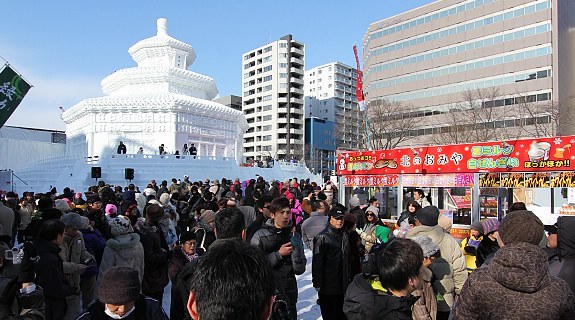 image from Japan-Guide.com
image from Japan-Guide.com
It started in 1950, when high school students built a few snow statues in Odori Park and has grown into a huge event that attracts more than 2 million visitors to see the spectacular sculptures built both from snow and ice.
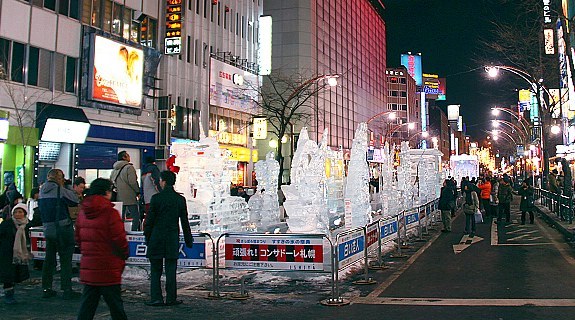 image from Japan-Guide.com
image from Japan-Guide.com
There are also snow slides and snow rafting for those who want to play in the snow!
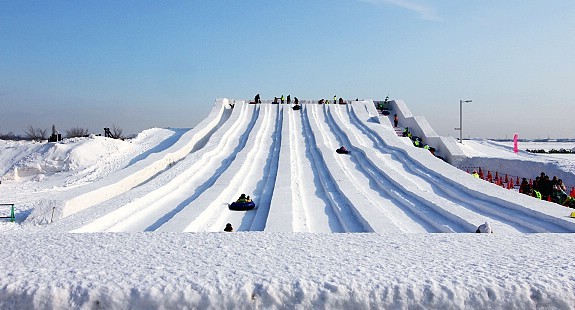 image from Japan-Guide.com
image from Japan-Guide.com
Boston First Night Ice Sculptures
In Boston, we have First Night on New Year’s Eve which also features ice sculptures. Personally, it’s too cold for me (Mia) to go out on First Night but it’s fun to watch the sculptures being carved during the day.
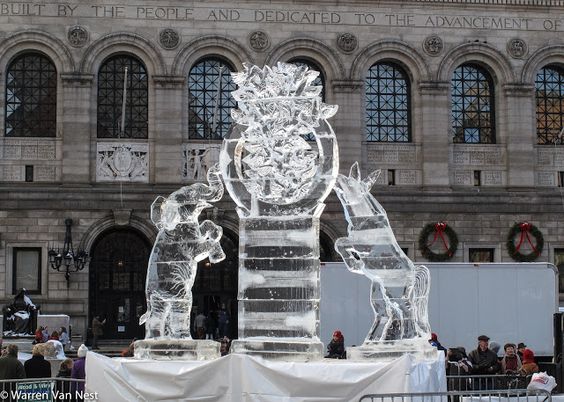 image from Touch the Wind
image from Touch the Wind
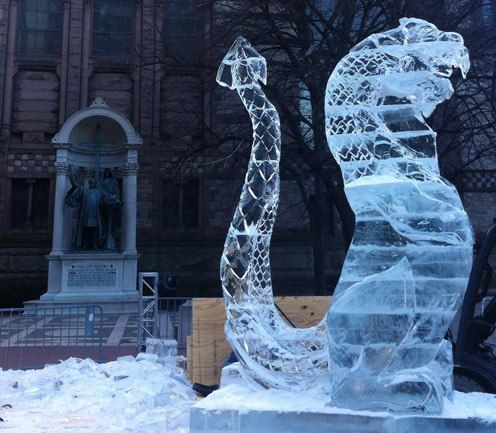
image from Universal Hub
image from Joe’s Retirement Blog
Japanese Tea Ceremony: Sado
In Japan, serving tea is a ceremony called sado. It takes a person many years of study to become a master in tea ceremony because each and every move is ritualized. Some tea ceremonies can last up to four hours long.
A Chinese Buddhist monk first introduced tea to Japan around the 6th century. The tea ceremony itself has roots in Zen Buddhism. The ceremony celebrates harmony, purity, tranquility, and respect.
You don’t need to study tea ceremony to have one of your own with your friends and family.
What You Need:
- 2 or more people
- 1 small teacup for each person
- cookies
- green tea leaves
- teapot
- small plates
- kettle
- an adult to help
What To Do:
- Invite your friends and family to join you for a tea party.
- Straighten the table and everything around it. Remove anything not absolutely necessary to create a peaceful atmosphere free of distractions.
- Arrange cookies on a plate.
- With an adult’s help, fill kettle with water and boil.
- When your guests arrive, invite them to sit at the table and speak of happy things.
- With an adult’s help, place loose green tea leaves (about a teaspoon for every 8 ounces of water) into the teapot.
- With an adult’s help, when the water in the kettle begins to bubble but is not yet at a full boil, remove kettle from heat. Pour hot water into the teapot. Set aside to steep for 1 – 2 minutes.
- Place a teacup in front of each guest and fill with tea, about halfway. Pour your own last. Sit down and thank your guests for coming. Tell them a little about what you learned about Japanese tea ceremony and explain this is a simplified version.
- Invite your guests to sip the tea. Serve the cookies. Have a conversation about pleasant things and make sure all your guests feel included.
- After everyone has finished their tea and cookies, remove the plates and cups. Thank your guests again for coming.
Activity: Snow or Sand Statues
Let’s make statues of our own. If you don’t have snow, try using sand instead! You can use moldable sand like Kinetic Sand but it’s also easy to make your own!
Moldable Sand Recipe
- 6 cups play sand
- 4 cups cornstarch
- 3/4 cup vegetable oil
Simply mix everything in a large bowl and it’s ready to use! Store in an airtight, resealable container.
Celebrating Snow Book List for Kids
I have another winter book list here.
Celebrating Snow: A Snowy Day by Ezra Jack Keats
This is an iconic picture book because I believe it was the first time anyone saw an African American boy just doing normal, happy things that kids do. How strange that depicting diversity as every day would be considered barrier breaking. Keats’ charming collage illustrations portray an inner city that is bright and colorful and a home with loving parents — two of them! The story is just a typical snow day for a little boy who is entertaining himself, but it is also so much more. It’s nice to know that a picture book can be so powerful with a message rooted in the ordinary. [picture book, ages 2 and up]
Celebrating Snow: Here Comes Jack Frost by Kazuno Kohara
I am forever scarred from reading way too many Rainbow Fairy early chapter books with my daughters when they were in first and second grade where the bad guy was Jack Frost and he was in every single book doing the exact same thing. But, in this picture book with its charming block print illustrations, Jack Frost is not annoying. Here, he symbolizes winter with patterns on the windows. He represents all the fun things about winter: skating, sledding, snowballs, and snowmen. It’s a nice reminder that winter is temporary. [picture book, ages 4 and up]
Winter Adventure: May B. by Caroline Starr Rose
For kids who like adventures rooted in reality, May B. is set in the past in Laura Ingalls Wilder kinds of times but the girls in Ingalls’ books have it easy compared to May. She’s is a young girl who gets hired out to distant neighbors, where things go very wrong. Abandoned by her employers, she must find a way to survive a snowstorm alone in a tiny sod house with hungry wolves nearby. [novel in verse, ages 8 and up]
To examine any book more closely, please click on image of the book.
As an Amazon and IndieBound Associate, I earn from qualifying purchases.
Follow PragmaticMom’s board Multicultural Books for Kids on Pinterest.
Follow PragmaticMom’s board Children’s Book Activities on Pinterest.
My books:
Amazon / Signed or Inscribed by Me
 Amazon / Signed or Inscribed by Me
Amazon / Signed or Inscribed by Me
Food for the Future: Sustainable Farms Around the World
- Junior Library Guild Gold selection
- Selected as one of 100 Outstanding Picture Books of 2023 by dPICTUS and featured at the Bologna Children’s Book Fair
- Starred review from School Library Journal
- Chicago Library’s Best of the Best
- 2023 INDIES Book of the Year Awards Finalist
- Green Earth Book Award longlist
- Imagination Soup’s 35 Best Nonfiction Books of 2023 for Kids
Amazon / Barefoot Books / Signed or Inscribed by Me

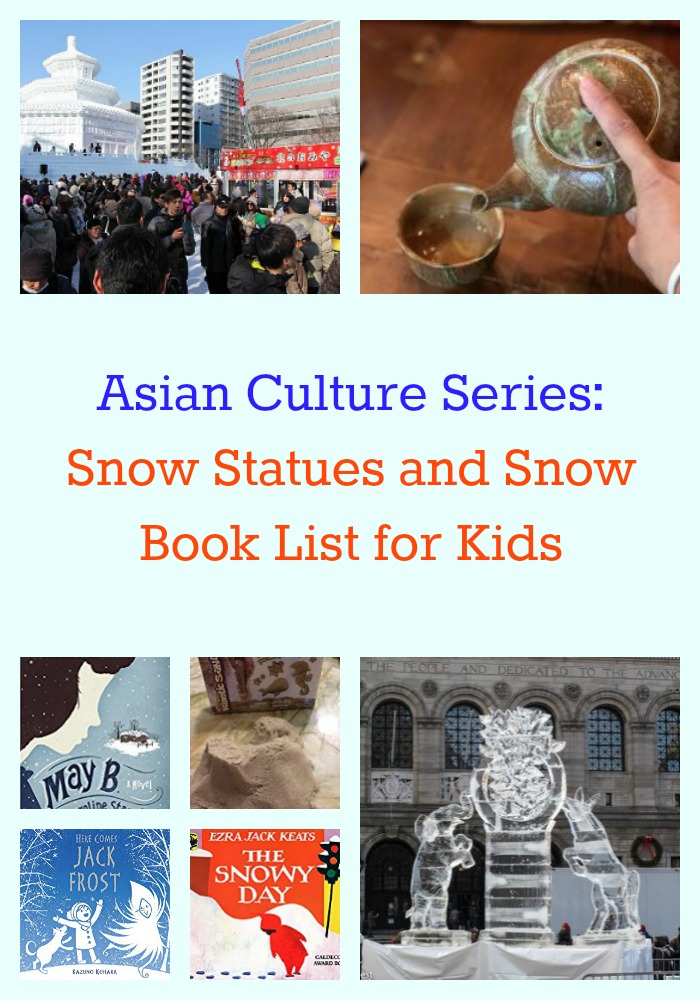
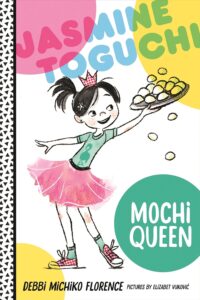
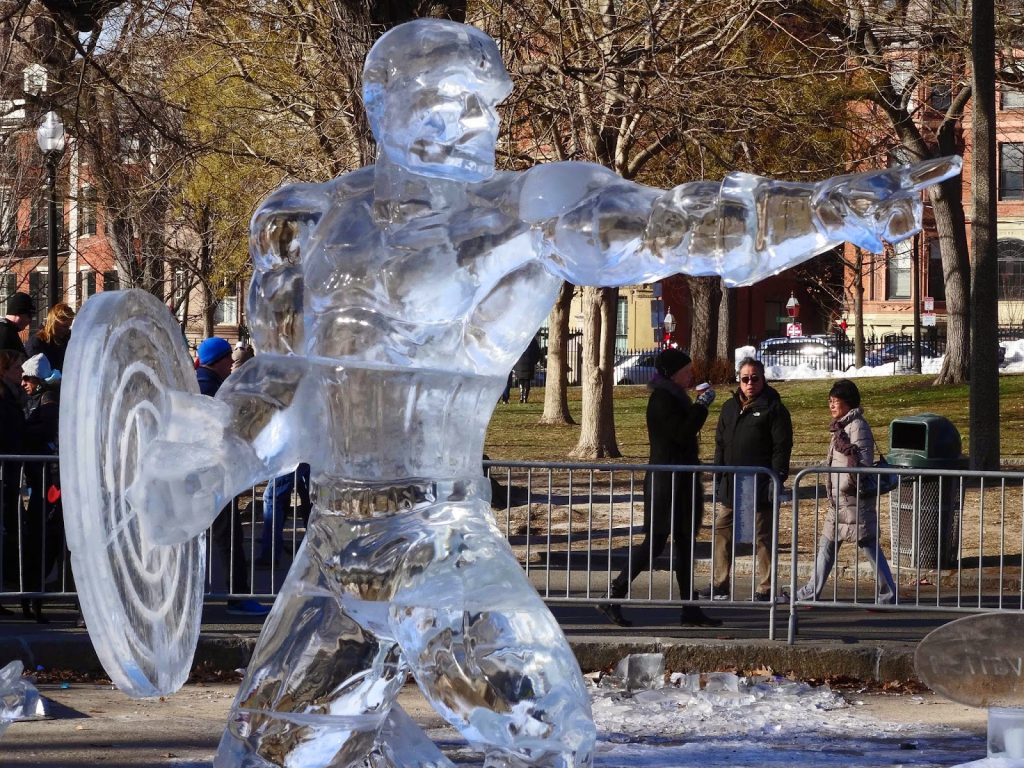

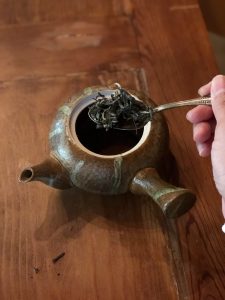
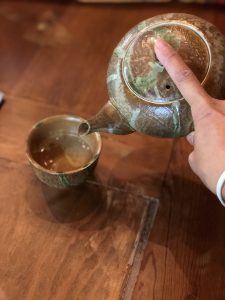
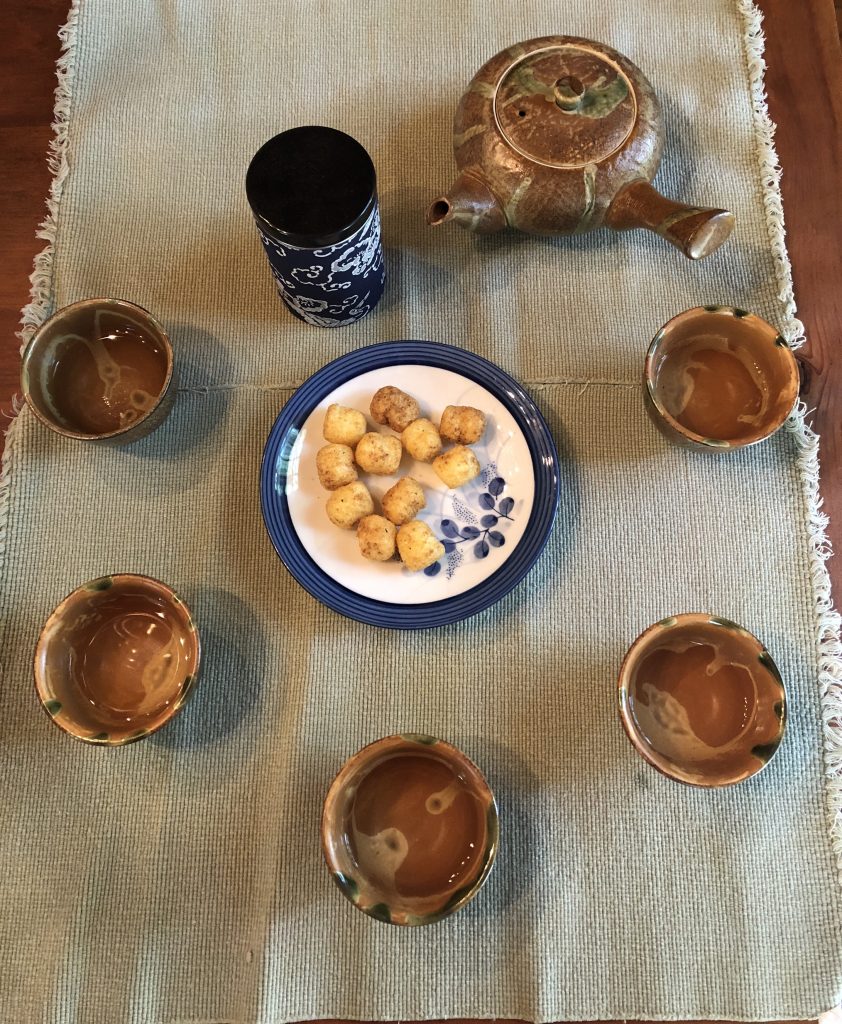

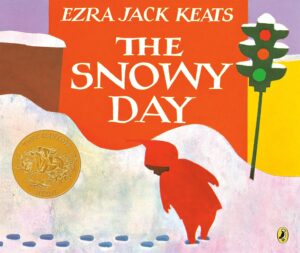
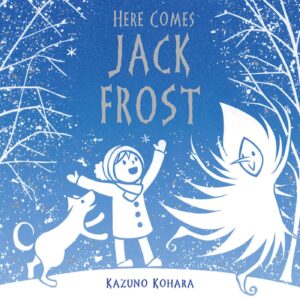
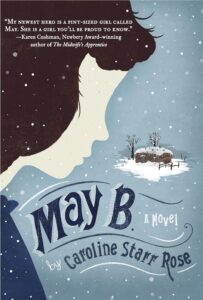
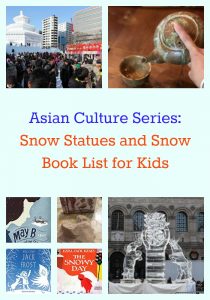





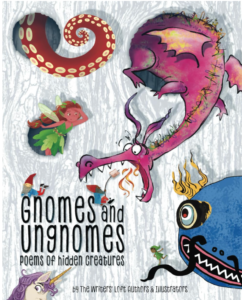





I am ready for the snow! As for the tea ceremony, I love that you invite your guests to sit at your table and speak of happy things 🙂 We should do that more often. 🙂
Hi Erik,
Debbi knows how to do the tea ceremony right! I’ve never experienced an actual one yet.